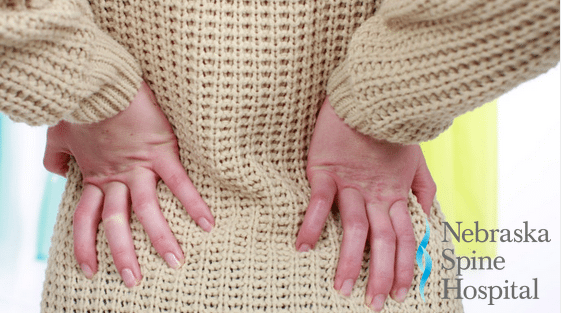We’ve all heard of scoliosis, and we generally associate this risk with the young. However, there is serious risk of degenerative, or adult-onset scoliosis for adults. This degeneration can start as young as 40, but is more prevalent among those 65 and older. As we age, if there is significant degeneration of the facet joints, curvature of the spine can occur and this condition is called degenerative scoliosis. Dr. Fuller covers the 4 types of scoliosis here.
We use degrees to measure spinal curvature. Degenerative scoliosis happens slowly, at about the rate of 1-2 degrees of curvature per year. Spine health professionals vary in the degree of curvature at which they will diagnose any type of scoliosis. Some will diagnose at as little as 15 degrees, while others will go up to 40 degrees before a diagnosis will be made.
These small increases in curvature aren’t visible to the untrained eye, so the accompanying symptoms are generally what raise the red flags. Most people would assume that the pain is caused by the curvature, but the pain of degenerative scoliosis is usually a result of the deterioration of the facet joints, which cause the “C” shaped curvature of the spine that scoliosis is known for. Your facet joints act as hinges allowing the spine to move smoothly. When they breakdown, once effortless movement of the spine becomes painful. It will start as a mild lower back pain, and slowly progress from there.
The following are warning signs/symptoms of degenerative scoliosis:
-Back pain will worsen gradually and be associated with movement or activity.
-Weakness, numbness and pain to the lower extremities.
-The pain is more intense in the morning and later in the day.
-Standing and walking are more painful than sitting. Sitting reduces pressure on the joints.
-Leg pain is also associated with this condition. Patients may experience pain in one or both legs, that is usually only alleviated when sitting.
The treatment for degenerative, or adult-onset scoliosis is focused on relieving the pain of the condition, rather than slowing the curvature. As previously stated, the curvature of the spine generally happens very slowly and slightly, so relieving the pain of the condition, is the real aim of treatment.
The treatment of degenerative scoliosis is determined on a case-to-case basis. The doctor will consider the degree of curvature, level of pain and duration of symptoms to diagnose and treat each case. At Nebraska Spine Hospital, the goal of scoliosis treatment is to keep things simple, safe and cost effective. For more on cost effective scoliosis treatment, watch Dr. Woodward discuss the NSH approach here.
For more information on degenerative scoliosis, please contact us at Nebraska Spine Hospital. We’d love to see you or your loved one for a consultation. Our doctors are proud members of the Scoliosis Research Society.


